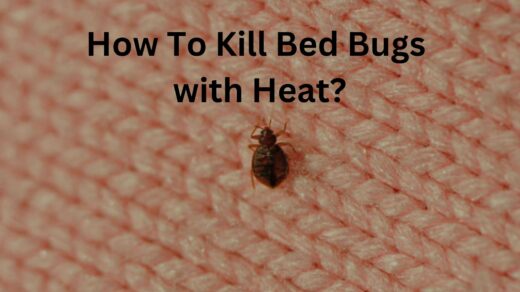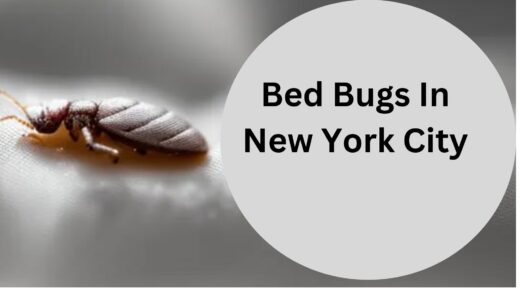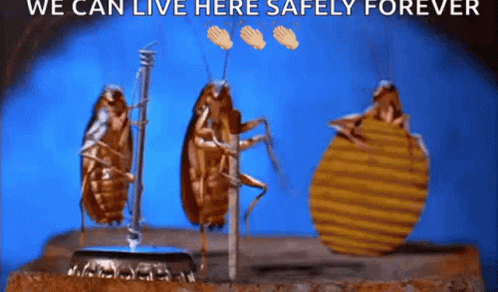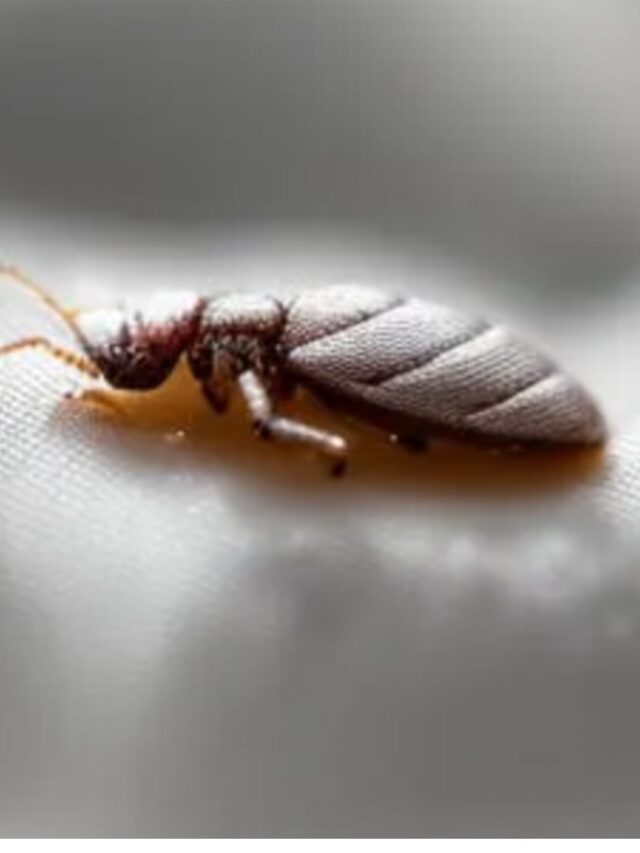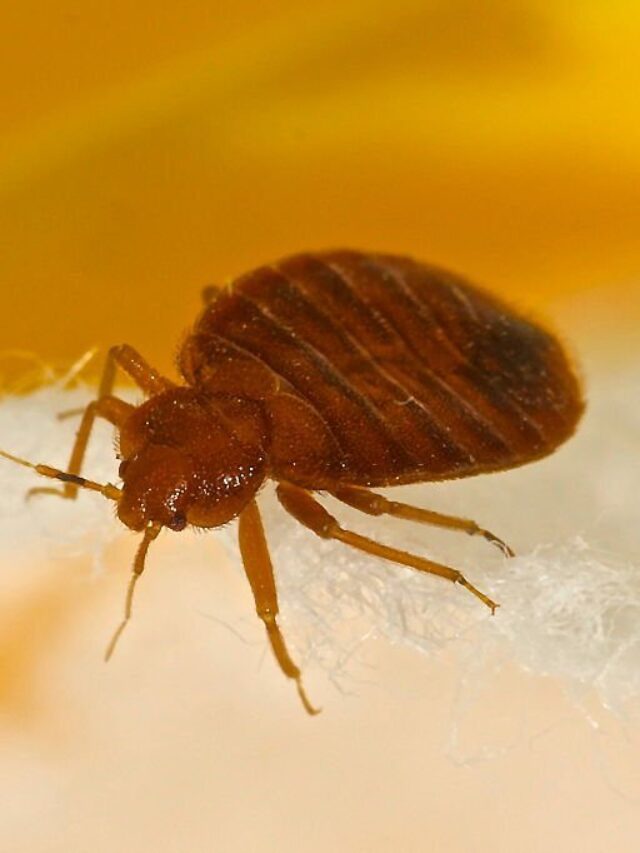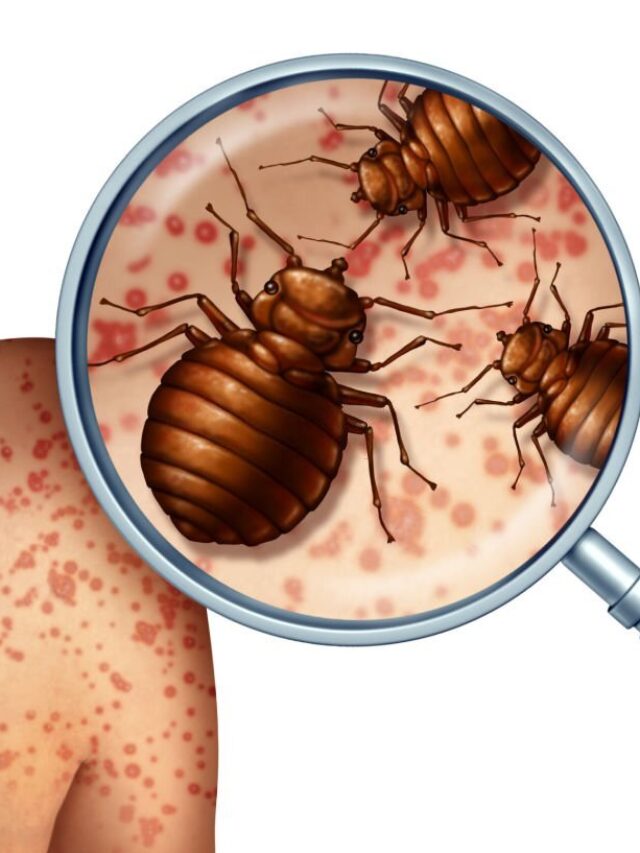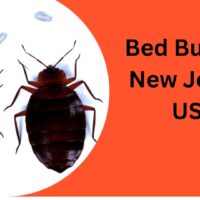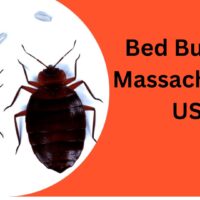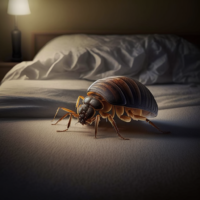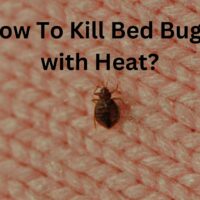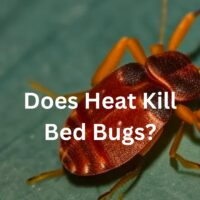Bed bugs are some of the most notorious pests that homeowners dread to encounter. Despite their tiny size, these bloodsucking insects can cause havoc in your life, leading to discomfort, anxiety, and health issues. Many people associate bed bugs with dirty or unsanitary environments, but the truth is that anyone can be susceptible to a bed bug infestation. In this blog post, we will explore how bed bugs can appear in your life and what you can do to prevent and eliminate them.
The Silent Intruders: How Bed Bugs Invade Your Home
Bed bugs are stealthy creatures that can sneak into your home undetected. Contrary to popular belief, bed bugs don’t just inhabit beds or bedrooms. They can hide in various places, such as clothing, luggage, furniture, and electronics. In fact, bed bugs can survive for months without feeding and can endure extreme temperatures, which makes them difficult to detect and eliminate. Once inside your home, bed bugs can multiply quickly, laying up to five eggs per day. Before you know it, you could be facing a full-blown infestation.
Bloodthirsty Hitchhikers: How Bed Bugs Travel and Spread
One of the reasons bed bugs are so challenging to eradicate is that they are excellent hitchhikers. Bed bugs can latch onto your clothing, bags, or belongings and travel with you wherever you go. This is why bed bugs are often associated with hotels, public transportation, or crowded places. According to a recent survey, 70% of pest control professionals report treating bed bugs in hotels and motels.
This means that your chances of picking up bed bugs during your travels are higher than you might think. So, always inspect your hotel room, keep your luggage off the floor, and wash your clothes in hot water after a trip.
The Itch that Won’t Quit: How Bed Bug Bites Can Affect Your Health
Bed bugs may not transmit diseases like mosquitoes or ticks, but their bites can still cause discomfort and irritation. Bed bug bites are often grouped in clusters and can appear anywhere on your body that is exposed during sleep. The bites are not painful but can cause intense itching, swelling, and redness.
In some cases, bed bug bites can lead to allergic reactions, insomnia, or secondary infections from scratching. A recent study found that 48% of people who reported a bed bug infestation suffered from sleep disturbances. So, if you suspect you have bed bugs, don’t delay seeking treatment.
Fighting Back: Tips and Tricks for Getting Rid of Bed Bugs
Getting rid of bed bugs can be a daunting task, but it’s not impossible. The first step is to identify the infestation early and take action before it spreads. This means inspecting your home regularly, vacuuming frequently, and sealing any cracks or crevices where bed bugs could hide. You can also use bed bug interceptors, mattress encasements, or heat treatments to eliminate bed bugs.
However, if the infestation is severe, it’s best to call a professional pest control company. According to a recent survey, 94% of pest control professionals have treated bed bugs in residential properties. So, don’t be ashamed to ask for help.
Don’t Let Bed Bugs Bite: Preventative Measures to Keep Them Out
Preventing a bed bug infestation is always better than dealing with one. There are several measures you can take to reduce the risk of bed bugs invading your home. For instance, avoid buying secondhand furniture or mattresses, inspect used clothing before bringing it home, and seal any cracks or gaps in your walls or floors. You can also use essential oils, such as lavender, tea tree, or peppermintoil, which are believed to repel bed bugs naturally.
Another preventative measure is to use bed bug-proof mattress encasements and pillow covers, which can trap any existing bed bugs and prevent new ones from entering.
Finally, if you live in an apartment building or shared housing, make sure to communicate with your neighbours about any bed bug infestations they may have had, as bed bugs can easily travel through walls or shared spaces.
Conclusion:
Bed bugs may be small, but they can cause significant disruptions in your life. Whether you’re dealing with an infestation or taking preventative measures, it’s essential to stay vigilant and informed about bed bugs. Remember to inspect your home regularly, avoid bringing used items home, and seek professional help if needed. By taking these steps, you can sleep soundly knowing that you’ve done everything possible to keep the bloodsuckers at bay.
Here are the sources of reference for the facts mentioned in the article:
- National Pest Management Association. (2020). Bed bugs. https://www.pestworld.org/pest-guide/bed-bugs/
- Potter, M. F. (2011). The history of bed bug management–with lessons from the past. Pest management science, 67(7), 726-730.
- Reinhardt, K., & Siva-Jothy, M. T. (2007). Biology of the bed bugs (Cimicidae). Annual review of entomology, 52, 351-374.
- Stutt, A. D., & Soga, M. (2018). Bedbugs: The resurgence of an old foe. Biologist, 65(4), 14-18.
- Wong, K., & Scharf, P. (2019). Bed bugs: A review of integrated pest management. Current Opinion in Insect Science, 32, 122-126.
- Hwang, S. W., Svoboda, T. J., De Jong, I. J., Kabasele, K. J., & Gogosis, E. (2005). Bed bug infestations in an urban environment. Emerging Infectious Diseases, 11(4), 533-538.
- National Pest Management Association. (2020). 2019 Bugs Without Borders Survey. https://www.pestworld.org/news-hub/press-releases/2019-bugs-without-borders-survey/
- Reinhardt, K., Kempke, D., & Naylor, R. A. (2009). Scent of a bedbug: multiple origins of bed bug pheromones. Journal of Experimental Biology, 212(4), 453-458.
- Doggett, S. L., Dwyer, D. E., Penas, P. F., & Russell, R. C. (2012). Bed bugs: clinical relevance and control options. Clinical Microbiology Reviews, 25(1), 164-192.
- Singh, N., Wang, C., Cooper, R., Liu, C., & Vega-Rodriguez, S. (2018). Bed bug (Cimex lectularius L.) attraction to pitfall traps baited with carbon dioxide, heat, and a synthetic kairomone. Journal of Economic Entomology, 111(2), 899-905.
- Harlan, H. J., & Faulde, M. K. (2010). Bedbugs. BMJ: British Medical Journal, 341, c5633.
- Rukke, B. A., Aak, A., & Edgar, K. S. (2017). Bed bug problems in social housing. Journal of Medical Entomology, 54(6), 1702-1709.
- Kim, J. H., Lee, H. S., & Seo, J. T. (2019). Effectiveness of lavender essential oil and tea tree oil on bed bugs: A laboratory study. Journal of Arthropod-Borne Diseases, 13(2), 155-165.

